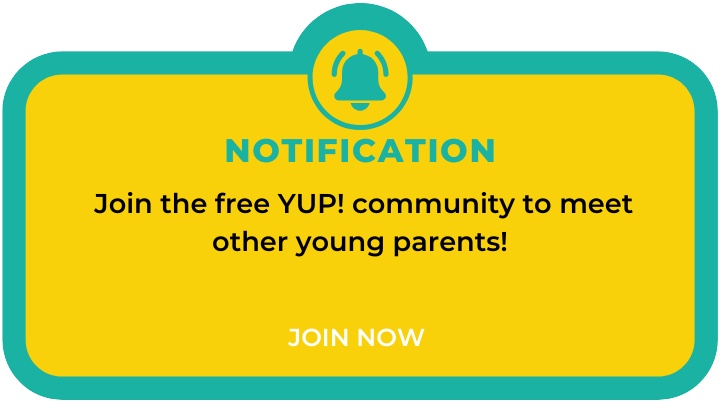Breastfeeding Myths vs. Facts

The decision to breastfeed can bring up many feelings for you and those around you. Many times throughout your journey, the beliefs of others can influence the choices that you make and affect overall your experience. YUP! is here to expose some of the common breastfeeding myths that you may hear and provide facts to allow you to make the most informed decision for you and your growing family.
Myth #1: Breastfeeding should hurt
Fact: While breastfeeding may be uncomfortable at times, it should not always cause pain. Pain indicates a problem, which may be a result of dry or cracked nipples, a shallow latch, or full/engorged breasts. Making sure to remove the milk frequently can reduce pain from fullness, nipple shields and lubricating creams can help with dryness and cracking, and making sure that your baby is latched correctly and sucking on your areola instead of your nipple can help with nipple tenderness.
Myth #2: Your baby is too old to breastfeed
Fact: You and your baby are in control of your breastfeeding journey. With that being said, there is no age where your baby is too old to breastfeed even if others have opinions about it. Breastfeeding is great for bonding with your baby and can continue even after your baby is done using breast milk as their primary source of nutrition.
Myth #3: Breastfeeding in inappropriate
Fact: Many people believe that breastfeeding is inappropriate because nipples are highly sexualized. It is important to remember that your baby does not have this perception and is not sucking for pleasure, but rather for nutrition. Breastfeeding is a natural and healthy way to feed your baby.
Myth #4: Your baby will be too attached
Fact: You may hear that breastfeeding will lead to clingy or crying babies, but this is simply not the case. Babies cry as a way to communicate that they have needs that are not being met. That’s how they tell you something is wrong, like “I’m hungry!” Breastfeeding allows your baby to feel bonded to you, however whether you breast or bottle feed, babies are learning to communicate and will cry in order to tell you what they need.
Myth #5: Your partner/family won’t be able to feed the baby
Fact: Partners and families have many ways to be involved in feeding the baby. Breastfeeding does not always mean directly latching to the breast. This may mean pumping and bottle feeding and even donor milk feeding. Your partner/family can be involved in the feeding process and support you in your journey every step of the way!
Myth #6: You shouldn’t breastfeed in public
Fact: Babies, much like adults, get hungry anywhere! Because of this, there may be a need to feed them in public places. It is important to know your rights and to note that all 50 U.S. states have laws that allow you to breastfeed in any public or private location. Many places, such as government buildings, have started creating rooms for breastfeeding, but this is not always the case. If you are uncomfortable with feeding in public you can use covers or shields, ask local spaces if they have a dedicated room for breastfeeding, or even prepare breast milk bottles and bring them in cooler bags. Ultimately, you do not ever need to feel ashamed for feeding your baby in public spaces!
Myth #7: Your baby won’t sleep because breast milk won’t fill them up
Fact: Breast milk is the perfect nutrition for babies; they don’t need anything else. Sometimes people say that breastfed babies don't sleep as long because they are not full enough. This may lead to formula feeding or even adding cereal to milk in order to “make babies sleep.” Babies are wired to wake up in response to hunger every few hours. While this may be hard on sleepy parents, this process actually keeps them safe and helps them to regulate their sleep. Breast milk does not cause babies to wake more often. It is important to remember that this phase will not last forever! As your baby grows, your milk will change to meet their needs and they will sleep for longer periods of time.
In the end, know that whether you choose to breastfeed or not, you are doing what’s best for your baby. While friends and family may have their opinions, the best decisions are made by you and with your healthcare provider.
In the end, know that whether you choose to breastfeed or not, you are doing what’s best for your baby. While friends and family may have their opinions, the best decisions are made by you and with your healthcare provider.
